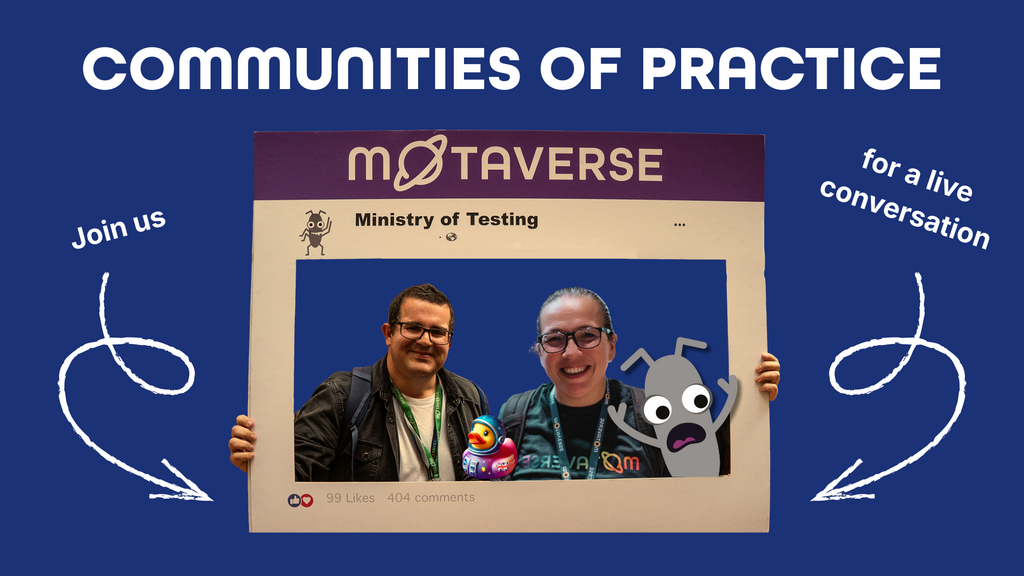People may interact with the application in whatever way they want and use the information the application provides to react, change course, and generally explore the application’s functionality without restraint. It may seem ad hoc to some, but in the hands of a skilled and experienced exploratory tester, this technique can prove powerful.
Advocates argue that exploratory testing allows the [...] verifying functionality without preconceived restrictions.
The drawback to exploratory testing is that testers risk wasting a great deal of time wandering around an application looking for things to test and trying to find bugs. The lack of preparation, structure, and guidance can lead to many unproductive hours and retesting the same functionality over and over.
One can easily see that completely ad hoc testing is clearly not the best way to go about testing. Testers who learn about inputs, software environments, and the other things that can be varied during a test pass will be better equipped to explore their application with purpose and intent. This knowledge will help them test better and smarter and maximize their chances of uncovering serious design and implementation flaws.
Goals of exploratory testing
-
To gain an understanding of how an application works, what its interface looks like, and what functionality it implements: Such a goal is often adopted by testers new to a project or those who want to identify test entry points, identify specific testing challenges, and write test plans. This is also the goal used by experienced testers as they explore an application to understand the depth of its testing needs and to find new unexplored functionality.
-
To force the software to exhibit its capabilities: The idea is to make the software work hard and to ask it hard questions that put it through its paces. This may or may not find bugs, but it will certainly provide evidence that the software performs the function for which it was designed and that it satisfies its requirements.
-
To find bugs: Exploring the edges of the application and hitting potential soft spots is a specialty of exploratory testing. The goal is purposeful, rather than aimless, exploration to identify untested and historically buggy functionality. Exploratory testers should not simply stumble across bugs, they should zero in on them with purpose and intent.
Exploratory techniques have the advantage that they encourage testers to plan as they test and to use information gathered during testing to affect the actual way testing is performed. This is a key advantage over plan-first methods. Imagine trying to predict the winner of the Super Bowl or Premier League before the season begins. This is difficult to do before you see how the teams are playing, how they are handling the competition, and whether key players can avoid injury. The information that comes in as the season unfolds holds the key to predicting the outcome with any amount of accuracy. The same is true of software testing, and exploratory testing embraces this by attempting to plan, test, and replan in small ongoing increments guided by full knowledge of all past and current information about how the software is performing and the clues it yields during testing.
An excerpt from the book "Exploratory Software Testing: Tips, tricks, tours and techniques to guide test design".




